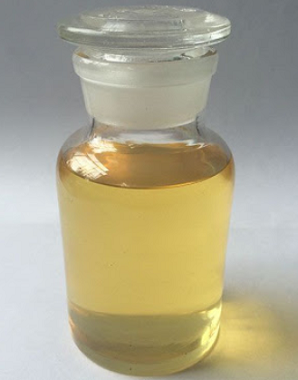Ever watch soap bubbles dance in your sink after washing greasy pans? That magic show stars tiny heroes called surfactants. These molecules are social butterflies at a molecular party. They possess a split personality crucial for mixing things that usually hate each other, like oil and water.
(What Helps Surfactants Mix Together)
Think of a surfactant molecule like a tiny tadpole. One end loves water passionately – we call it hydrophilic. The other end loves oils and fats deeply – this is the hydrophobic tail. Water alone fails against grease. It just beads up and rolls away. Grease clings stubbornly to your plate. Surfactants change everything.
Here’s how they work their mixing magic. When you add soap or detergent, surfactant molecules rush to the scene. Their water-loving heads dive happily into the water. Their oil-loving tails desperately want out of the water bath. They latch onto any grease or oil they find. This action breaks the grease into smaller bits. It also reduces water’s surface tension, letting it spread and wet surfaces better.
But the real teamwork happens next. Surfactants don’t work alone. Many gather together. They form tiny, stable spheres called micelles. Picture this: the oil-loving tails all huddle inside the sphere, safely away from the water they despise. Meanwhile, the water-loving heads face outward, perfectly happy in the surrounding water. This spherical structure traps the oil or grease inside its core.
This process is emulsification. It turns separate oil and water into a stable mixture. The micelles keep the oil droplets suspended evenly throughout the water. Instead of separating into layers, they form a uniform solution. This is why dish soap lifts grease off your plates into the rinse water. This is why shampoo removes oil from your hair. This is why laundry detergent pulls stains from fabrics.
The strength of surfactants lies in this dual attraction. They bridge the gap between opposites. Their unique structure allows them to interact with both water and oil simultaneously. This dual nature is the key. It lets them surround oil droplets, shield them from water, and keep everything mixed. Without surfactants, mixing oil and water is impossible. They are the ultimate peacemakers in the molecular world.
(What Helps Surfactants Mix Together)
Next time you see suds in your sink or bubbles in your bath, remember the busy social scene happening at the microscopic level. Those surfactants are working hard, tails tucked in, heads facing out, making the impossible mix happen.
Inquiry us
if you want to want to know more, please feel free to contact us. (nanotrun@yahoo.com)




